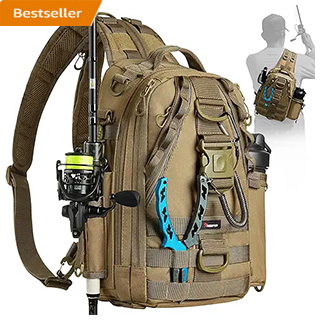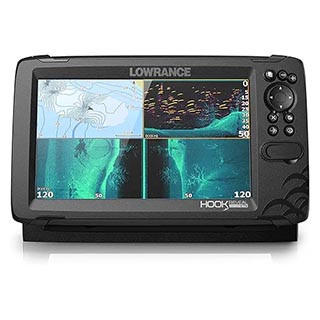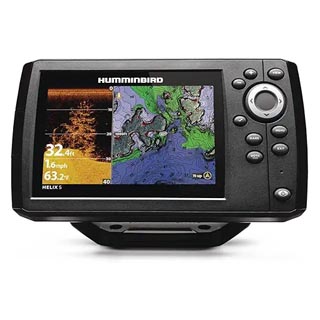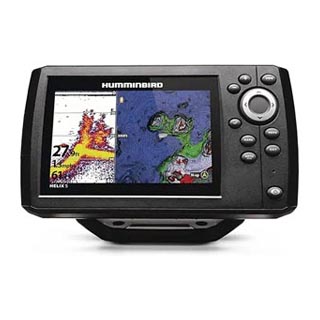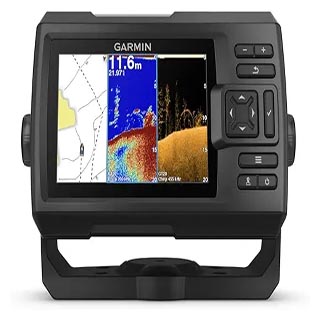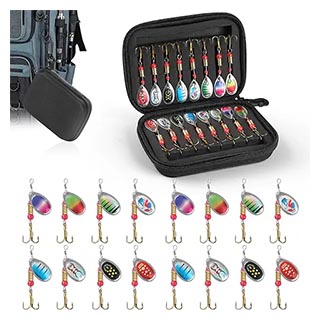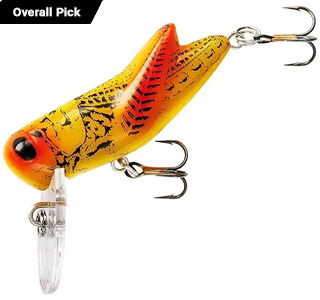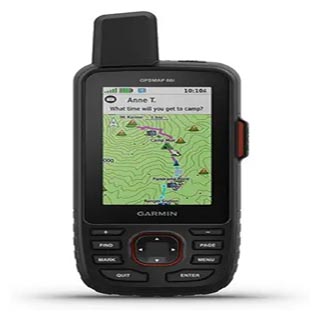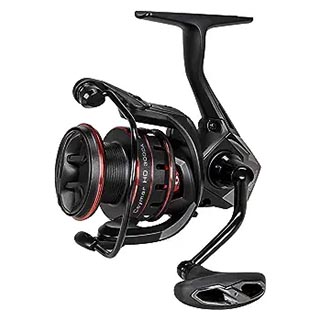Not Just Fishing!
Fishing Articles and Information

Muskie Fishing Tips - Jigging Fall Muskies
By Jack Phillips
Most anglers think big when hunting lunker muskie, but if you want to catch more muskie think smaller baits and tackle.
I
caught my biggest muskellunge while fishing walleye with a plastic worm in September.
More often than can be considered
coincidental people catch a lunge while fishing other species. Most anglers look to heavy tackle, large baits and trolling
as the way to catch muskies.
Personally I become bored or just tired of trolling all the time.
Now one of my most successful tactics used especially in the fall is used for fishing large walleye and at the same time
muskellunge. I use medium size tackle and large walleye baits especially jigs.
Fishing weed lines, drop offs and shoals as
you would for walleyes will also attract as many lunge as walleyes.
The first time I realised this I did have some success
for large walleyes and had just caught and released a nice 7 pounder that was followed to the boat by a large muskie.
The only change I made was to make sure I was using wire leads and good stong swivels. Using 6 inch plastics worked just fine
and the result was a fun great day of fishing.
In all the two of us caught and released 9 walleyes from 5 to 8 pounds plus 5
muskie all in the 15 to 20 pound range. Although not the lunker; that most anglers look for. But it proved to me that these
predators can be caught on lighter tackle and smaller baits.
Conventional thinking tells us that in the fall; the remaining muskellunge, are large, therefore bigger is better. However, my experience is that smaller baits are often the perfect morsel for that elusive luncker.
Equipment And Presentation
When I say smaller baits I am referring to large or oversized walleyes jigs. As mentioned this approach evolved on a body of
water with a large population of large walleye. Now using the idea that big baits means big fish or walleye.
I began tossing
5 to 6 inch plastic shad-bodied jigs along weed lines. I landed a number of big walleye, but to my surprise, the muskie were
also going for the same bait.
The big plastic jigs became an important part of my muskie fishing arsenal. All large plastics
work just fine.
Colour seems less important than creating a real flash. Two-toned baits, mainly dark and light combinations, create more
flash when drawn through the water. Adding some metal flake also ads that extra flash.
Just experiment and you will find a
combination that will work for you and get that strike you want.
I generally use ball-head or stand-up-head jigs with medium gauge wire hooks. It's surprising how well a single hook can
handle even a large fish. Often you will hook the fish in the gristly flesh in the corner of the mouth. Jigs also make landing
and releasing muskie easier; there are then no large treble hooks flopping around to damage the fish or you.
Deeply hooked
fish can be released by clipping off the hook with pliers.
Single strand wire leaders seem to work best especially along weed beds. I use a hay-wire-twist to attach the wire to the jig
head at one end and a small swivel at the other. Watch for kinks in the wire, but these leaders are more weedless than the
standard models because of the snaps and swivels.
I prefer a medium action 6-foot spinning rod and a reel spooled with 12 to 14 pound test monofilament. A medium-heavy
bait-casting outfit also does the trick, in both cases make sure the drag is working properly.
Even if you prefer the conventional approach, keep a lighter outfit close at hand for when muskie follow, but don't hit, or
they strike short. Using lighter tackle and a jig is also a good approach when there are two of you fishing muskie. One angler
throws conventioinal baits, and the other throwing jigs. Then you are always ready to react to follows and misses.
Vary the speed of your retrieve when jigging up muskie. I have had luck in late fall, by using violent rip-jigging motion.
It's tiring, but effective. Experiment and you will find something that works for you.
When battling a muskellunge on light tackle, be careful not to fight it to exhaustion, thereby increasing the chance of
delayed death if you plan on catch and release.
Ideally, you should release a fish by simply grasping the single hook with
a pair of needle nosed pliers, while it's in the water at the side of the boat. Cut off the hook if the fish is hooked deeply.
Muskie fisheries are a fragile resource, so do your best to release that muskie no worse for wear. Now next season that muskie
will be ready to fight another day and make that day a great day for another angler.
About the Author
Jack Phillips has been an avid Canadian angler for over 50 years. Fishing Canada provides solid advice for walleye, bass,
pike, muskie, a variety of trout, arctic char bass and more. Idea's on when and where to go on your next trip to Canada.
Ice fishing tips. Delicious fish recipes also!
